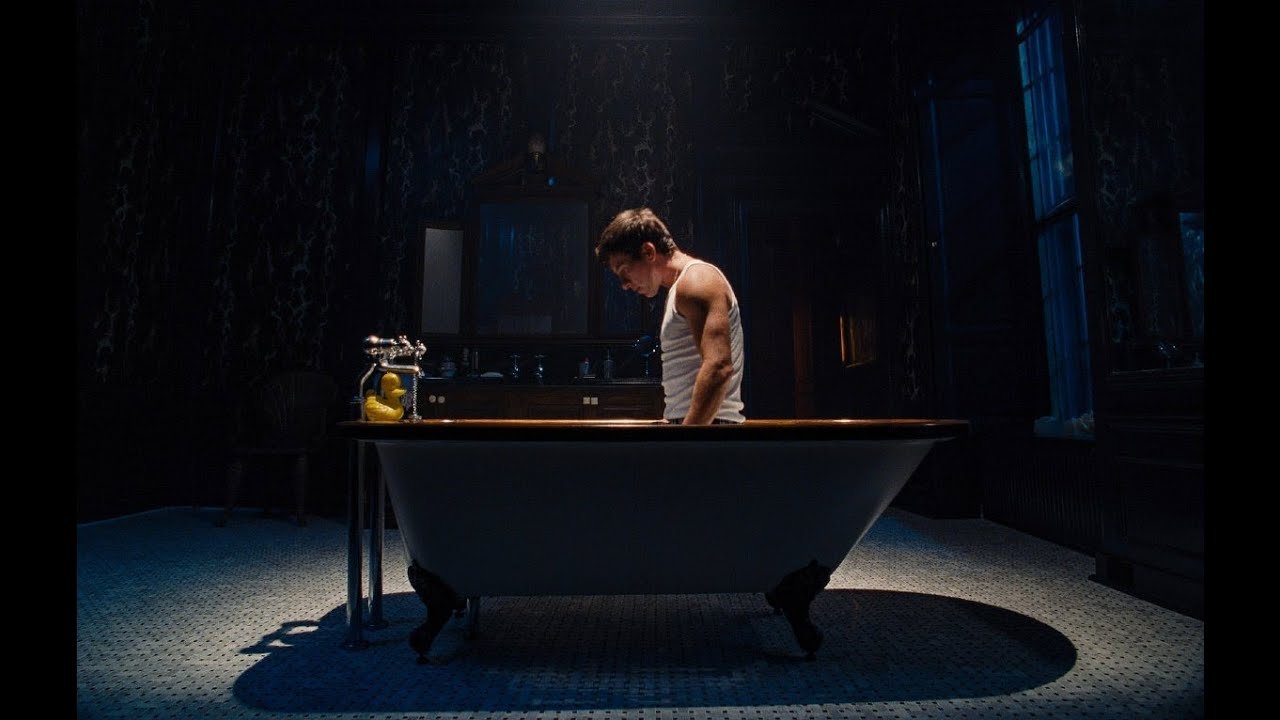Exploring the Saltburn Bathtub Scene: A Cinematic Masterpiece
The Saltburn Bathtub Scene has become a talking point in film discussions, captivating audiences with its mix of visual storytelling, symbolic depth, and intense emotion. It’s more than just a scene—it’s a defining moment in the film, and understanding its significance can enhance your appreciation of the entire narrative. In this article, we’ll dive deep into this unforgettable scene, analyzing its layers of meaning and artistic value and why it stands out in cinematic history.
Introduction to the Saltburn Bathtub Scene
The Saltburn Bathtub Scene isn’t just another plot point; it’s a pivotal moment that combines the film’s themes of luxury, desire, and psychological complexity. Set in the context of a lavish estate, this scene invites viewers into a world of decadence and mystery. But as with all great scenes in cinema, it’s also laced with subtle undertones and hidden meanings that make it all the more compelling.
This article will explore the artistry behind the scenes, their impact on the story, and the key elements that make it unforgettable.
The Setting: Saltburn’s Opulent World
The first thing that strikes you about the Saltburn Bathtub Scene is the environment. The scene occurs in an ultra-luxurious bathroom surrounded by gleaming marble tiles, golden fixtures, and ambient lighting. This setting is not just about beauty—it symbolizes wealth, power, and a life of excess.
In the context of the film, Saltburn is the perfect backdrop for a story about privilege, envy, and the thin line between desire and obsession. The abundance of the bathroom highlights the divide between the characters who belong to this world and those who aspire to it.
The Cinematic Techniques That Enhance the Scene
The Saltburn Bathtub Scene is an example of cinematic mastery in many ways. Directors often use various techniques to amplify a scene’s emotional or thematic impact. In this case, several visual and auditory choices elevate the scene to something remarkable.
Lighting and Color
The lighting in the bathtub scene is soft yet dramatic, casting long shadows that emphasize the isolation and introspection of the characters. The bathroom’s golden tones suggest wealth but an almost suffocating atmosphere of luxury that entraps the characters.
Camera Angles and Framing
The way the scene is framed—especially the close-ups of the protagonist—heightens the intensity. The camera lingers on the character’s face, allowing viewers to read their real emotions. This creates a sense of intimacy and vulnerability, making us feel intruding on something deeply personal.
Music and Sound Design
The sound design of the scene is equally important. Subtle background music accompanies the visuals, enhancing the overall mood. The dripping of water, the quiet splashing in the bathtub, and the silence between dialogues create a serene and tense atmosphere.
Psychological Significance: More Than Just a Bathtub
On a deeper level, the Saltburn Bathtub Scene can be interpreted as a visual metaphor for the emotional and psychological states of the characters involved. The bathtub, with its calm waters and luxurious setting, could be seen as a symbol of escapism. It offers a brief moment of solitude and serenity in an otherwise chaotic and tense environment.
However, the stillness of the water can also reflect the stagnation of the character’s emotional state. They may appear at peace, but beneath the surface, they are drowning in a sea of desire, guilt, and confusion. This duality is what makes the scene so powerful—it’s not just about what’s seen but what’s implied.
The Characters and Their Journey
At the heart of the Saltburn Bathtub Scene are the characters who experience it. Their development throughout the film makes the scene resonate much deeper. Viewers have witnessed their transformation by this point in the story, and the bathtub reflects their inner turmoil.
Character A: The Protagonist’s Internal Struggle
The protagonist in the scene is at a crossroads. They have been exposed to the wealth and lifestyle of the elite, but they are also grappling with their desires and insecurities. In this case, the bathtub acts as a sanctuary where they can confront their emotions in solitude.
Character B: A Symbol of the Other
The other character in the scene, whether a lover, rival, or friend, is a foil to the protagonist. Their interaction in the bathtub creates an unspoken tension, a dynamic that reflects their contrasting desires. Their relationship is one of attraction and alienation, and the scene beautifully encapsulates this.
The Symbolism of Water in the Scene
Water has always been a significant symbol in film. In the Saltburn Bathtub Scene, it’s no different. The water in the bathtub can represent purity, rebirth, or even cleansing, but it can also symbolize emotional drowning or the overwhelming nature of desire.
The characters’ interaction with the water reflects their emotional states. Are they immersing themselves in the calm, serene waters to escape their problems, or are they struggling to keep their heads above the surface? The ambiguity of the water adds to the scene’s complexity, making it a topic of deep interpretation.
The Themes of Luxury and Excess
One of the main themes explored in the Saltburn Bathtub Scene is luxury—specifically, the impact of excessive wealth and privilege on the characters’ psyche. The opulence of the bathroom and the abundance of the surroundings are a stark reminder of the divide between the rich and the rest of the world.
While the characters enjoy the fruits of their indulgence, the scene also subtly critiques the emptiness that often comes with such wealth. The bathtub, a symbol of comfort and relaxation, becomes a place where characters confront their internal struggles. The theme of excess is prevalent not only in the setting but also in the emotions and actions of the characters.
The Bathtub as a Space for Transformation
A key aspect of the Saltburn Bathtub Scene is its role in the characters’ transformation. In many ways, the scene marks a turning point in the narrative. The bathtub acts as a space for self-reflection, where characters come face-to-face with their desires, fears, and limitations.
Whether it’s a moment of clarity or a descent into madness, the bathtub catalyzes change. For some, it’s a place of peace and reflection. For others, it’s a reminder of their inability to escape the pressures of the world they inhabit.
Conclusion: The Lasting Impact of the Saltburn Bathtub Scene
The Saltburn Bathtub Scene is more than just a pivotal moment in the film—it’s a visual and emotional experience that stays with the audience long after the credits roll. It’s a testament to the power of cinema to explore complex themes like desire, wealth, and the human condition.
With its intricate symbolism, masterful cinematography, and psychological depth, the scene offers a rich tapestry of meaning. Whether you see the bathtub as a symbol of escape or entrapment, its role in the story is undeniable. It’s key to understanding the characters’ emotional journeys and the film’s overall message.
Key Takeaways
- The Saltburn Bathtub Scene is a critical moment reflecting luxury, desire, and internal conflict.
- The setting enhances the scene’s emotional impact with its opulent yet suffocating atmosphere.
- Cinematic techniques like lighting, camera angles, and sound design amplify the tension and intimacy of the scene.
- The symbolism of water in the bathtub scene can represent emotional escape and entrapment.
- The characters’ emotional journeys are mirrored in their interaction with the bathtub, marking it as a space for transformation.
Ultimately, the Saltburn Bathtub Scene is a prime example of how film can use visual storytelling to convey complex emotions and themes. It’s a testament to cinema’s power to entertain and provoke thought and reflection.





Post Comment